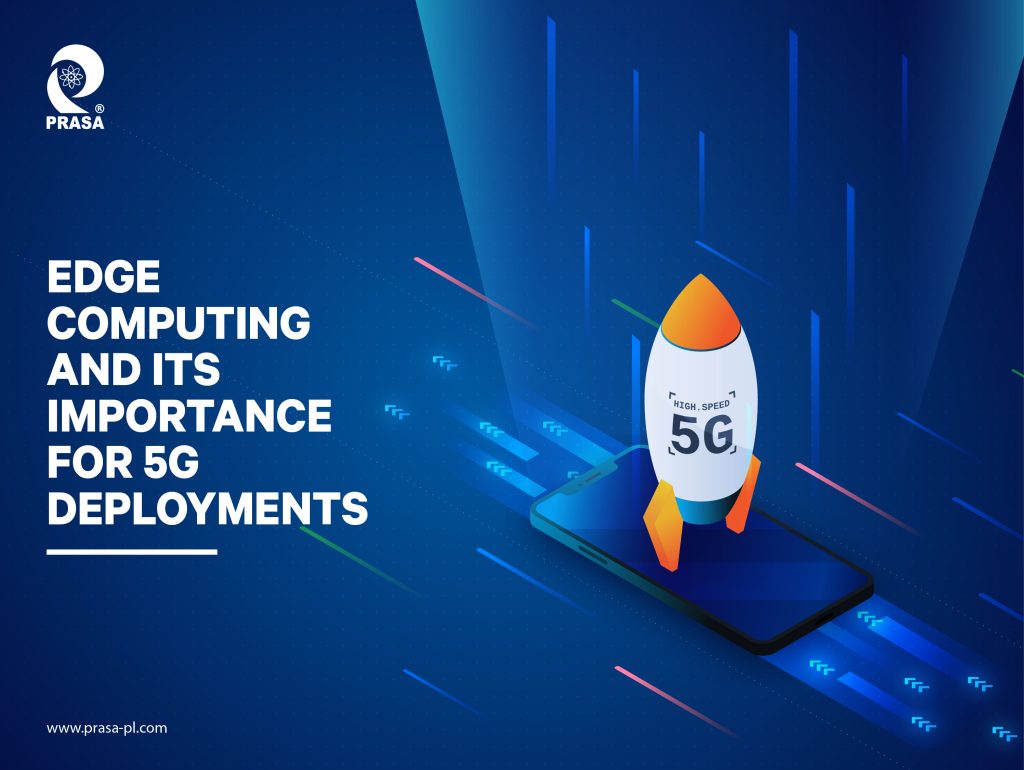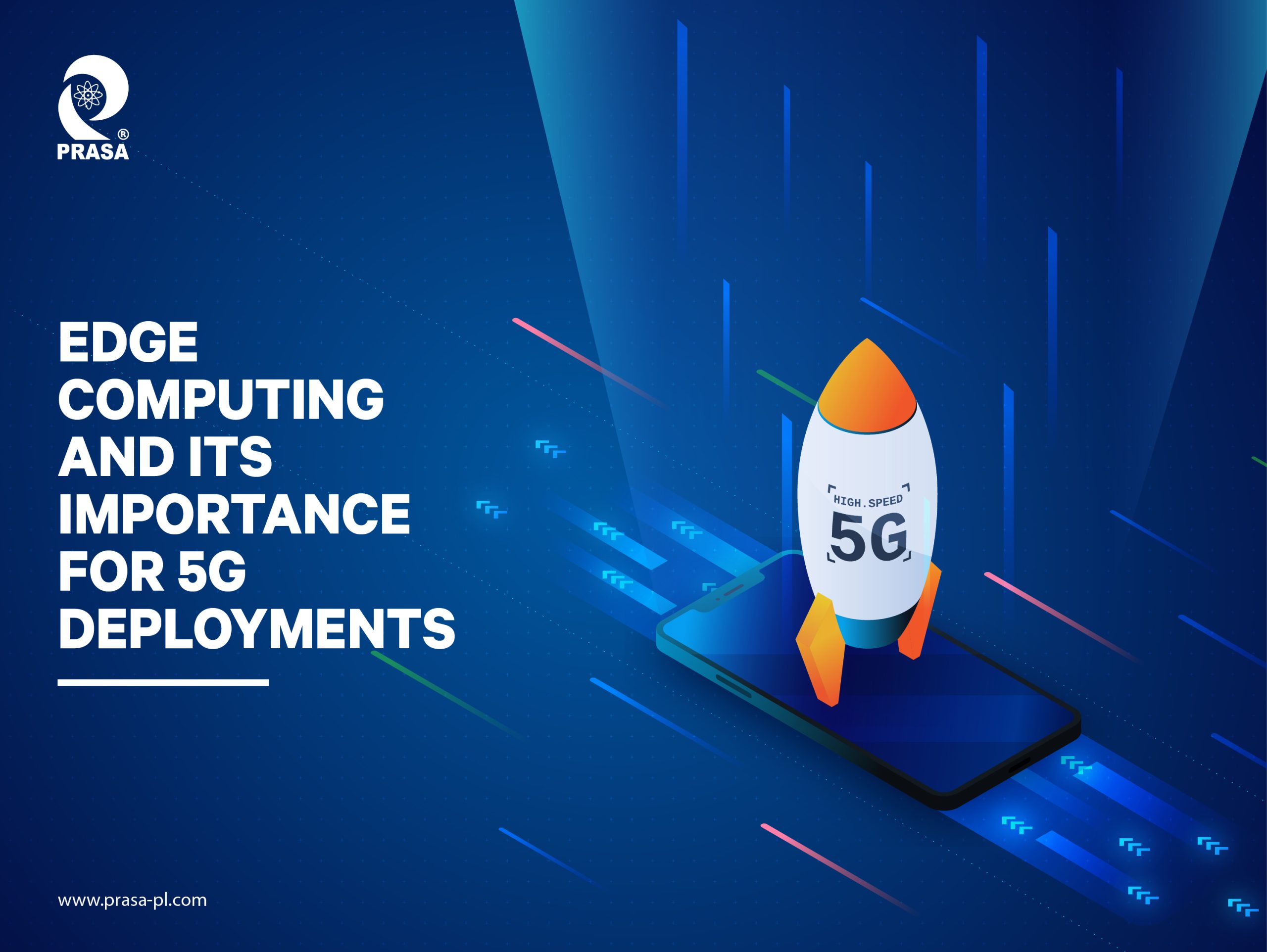
The advent of 5G has sparked a new era of technological advancement, enabling faster, more reliable, and more efficient data communication. However, 5G is not just about faster speeds or better connectivity. It also brings about new possibilities for edge computing.
What is Edge Computing?
Edge computing is a distributed computing model that brings computing and data storage closer to the source of data. Rather than relying on a centralized cloud infrastructure, edge computing involves placing computing resources closer to the edge of the network, where data is generated, collected, and processed. This approach reduces latency, improves data security, and enables real-time processing of data.
Why is Edge Computing Important for 5G Deployments?
The high-speed and low-latency capabilities of 5G networks make them ideal for edge computing. Here are some reasons why edge computing is essential for 5G deployments:
Reduced Latency: 5G networks have a latency of just a few milliseconds, making them ideal for real-time applications. By deploying computing resources closer to the edge of the network, edge computing can further reduce latency, enabling real-time data processing and analysis.
Reduced Bandwidth Requirements: By processing data locally, edge computing reduces the amount of data that needs to be transmitted over the network, reducing bandwidth requirements and lowering network costs.
Improved Security: With edge computing, sensitive data can be processed and stored locally, reducing the risk of data breaches and improving data security.
Increased Scalability: Edge computing enables distributed processing and storage of data, allowing for greater scalability and flexibility in managing data-intensive applications.
Better User Experience: Edge computing enables faster, more responsive applications, providing a better user experience for end-users.
Applications of Edge Computing in 5G Deployments
Edge computing has a wide range of applications in 5G deployments, including:
Smart Cities: Edge computing can be used to process data from sensors and other IoT devices, enabling real-time monitoring of traffic, air quality, and other environmental factors.
Autonomous Vehicles: Edge computing can be used to process data from sensors in autonomous vehicles, enabling real-time decision-making and improving safety.
Industrial Automation: Edge computing can be used to monitor and control industrial processes, improving efficiency and reducing downtime.
Healthcare: Edge computing can be used to process data from medical devices and enable real-time monitoring of patients, improving the quality of care.
Conclusion
Edge computing is set to play a crucial role in the deployment of 5G networks, enabling faster, more responsive applications, reducing latency, improving security, and providing a better user experience. As 5G networks continue to evolve, edge computing will become increasingly important, enabling new possibilities for innovation and growth across a range of industries.

